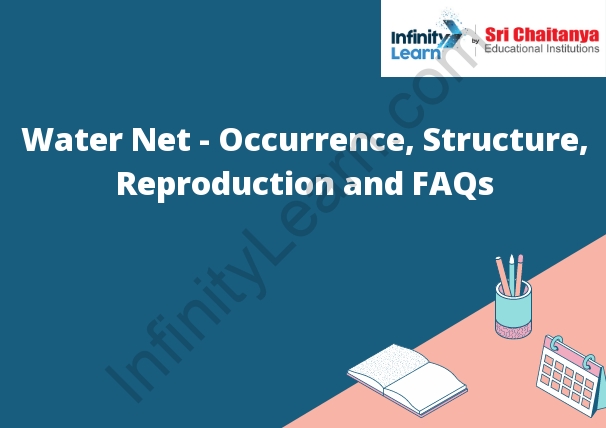Table of Contents
What is a Water Net? Reproduction in Hydrodictyon
A water net is a colonial, aquatic, photosynthetic organism that forms thin, branching filaments. Each filament is composed of a single cell, and the cells are connected by cytoplasmic bridges. Water nets reproduce asexually by fragmentation.

About Waternet
Waternet is a water company serving the Amsterdam metropolitan area. It has about 1.3 million customers, making it the largest water company in the Netherlands. Waternet also provides sewerage and storm water services.
Occurrence of Hydrodictyon
Hydrodictyon is a type of green algae that is found in fresh water. It is a unicellular organism that has a simple structure. The cells are small and cylindrical and are arranged in long chains. The cell wall is made of cellulose and the cytoplasm contains chloroplasts. Hydrodictyon is a photosynthetic organism and produces oxygen gas as a by-product of photosynthesis. It is a facultative anaerobe and can also grow in the absence of oxygen gas.
Thallus Structure of Hydrodictyon
The thallus of Hydrodictyon is a simple, ribbon-like structure that is composed of a single layer of cells. The cells are elongated and have small, protruding chloroplasts that allow them to carry out photosynthesis. The thallus is typically green in color due to the presence of these chloroplasts, and it may also have a waxy coating that helps to protect it from dehydration.
Cell Structure of Hydrodictyon
A hydrodictyon is a type of unicellular green alga that has a unique cell structure. The hydrodictyon cell is shaped like a small tube with a diameter of about 1 micrometer. The cell wall is made of a tough cellulose material and the cell contains a single chloroplast. The chloroplast is located near the anterior end of the cell and contains a small number of thylakoids. The hydrodictyon cell also contains a single contractile vacuole, which is located near the posterior end of the cell. The contractile vacuole helps the cell to maintain a constant water level by removing excess water from the cell.
Vegetative Reproduction
Vegetative reproduction is a type of asexual reproduction in which new plants are produced from a fragment of the parent plant. This can happen through rooting of a stem or leaf fragment, or by division of the plant body. Vegetative reproduction is often a more efficient way to produce new plants than sexual reproduction.
Asexual Reproduction
Asexual reproduction is the process by which a new organism is created without the involvement of sex. This can be done through a variety of methods, including binary fission, budding, and fragmentation.
Sexual Reproduction in Flowering Plants
Flowering plants reproduce through the process of fertilization. Fertilization is the process of the male sperm cells combining with the female egg cells to form a new organism. The process of fertilization typically occurs inside the female reproductive system.









